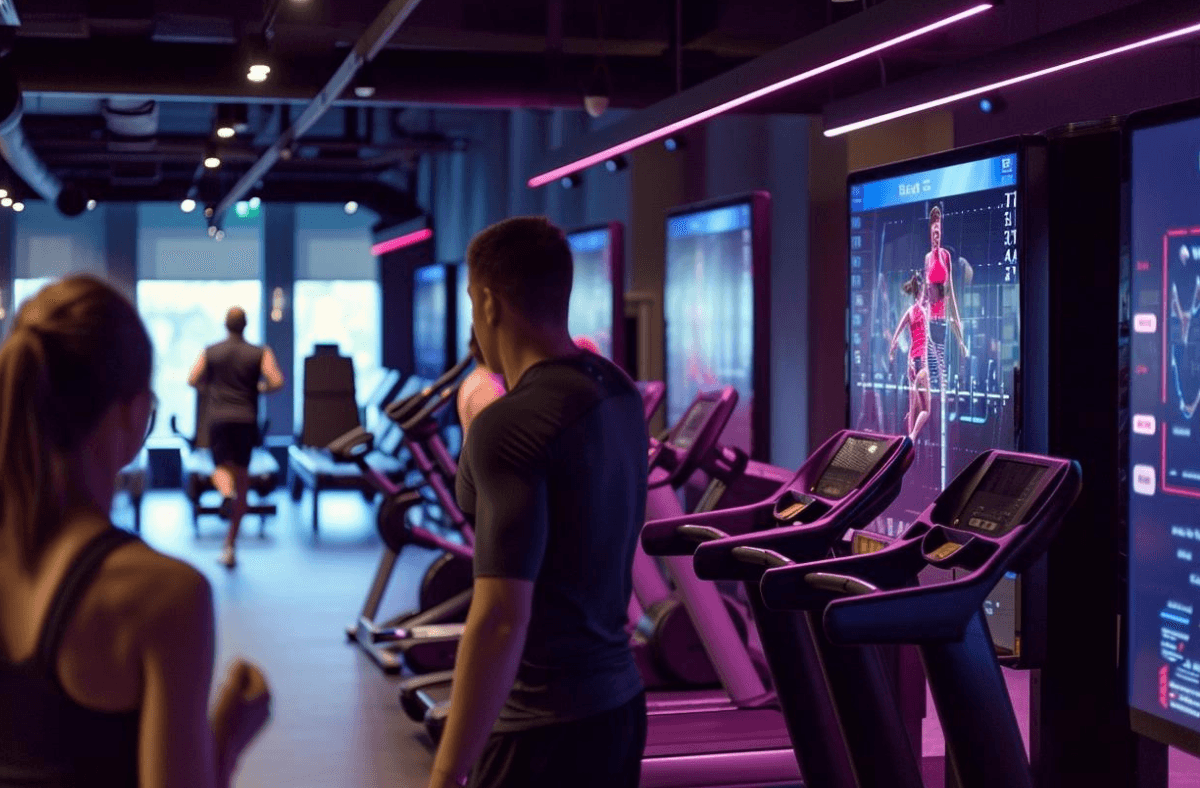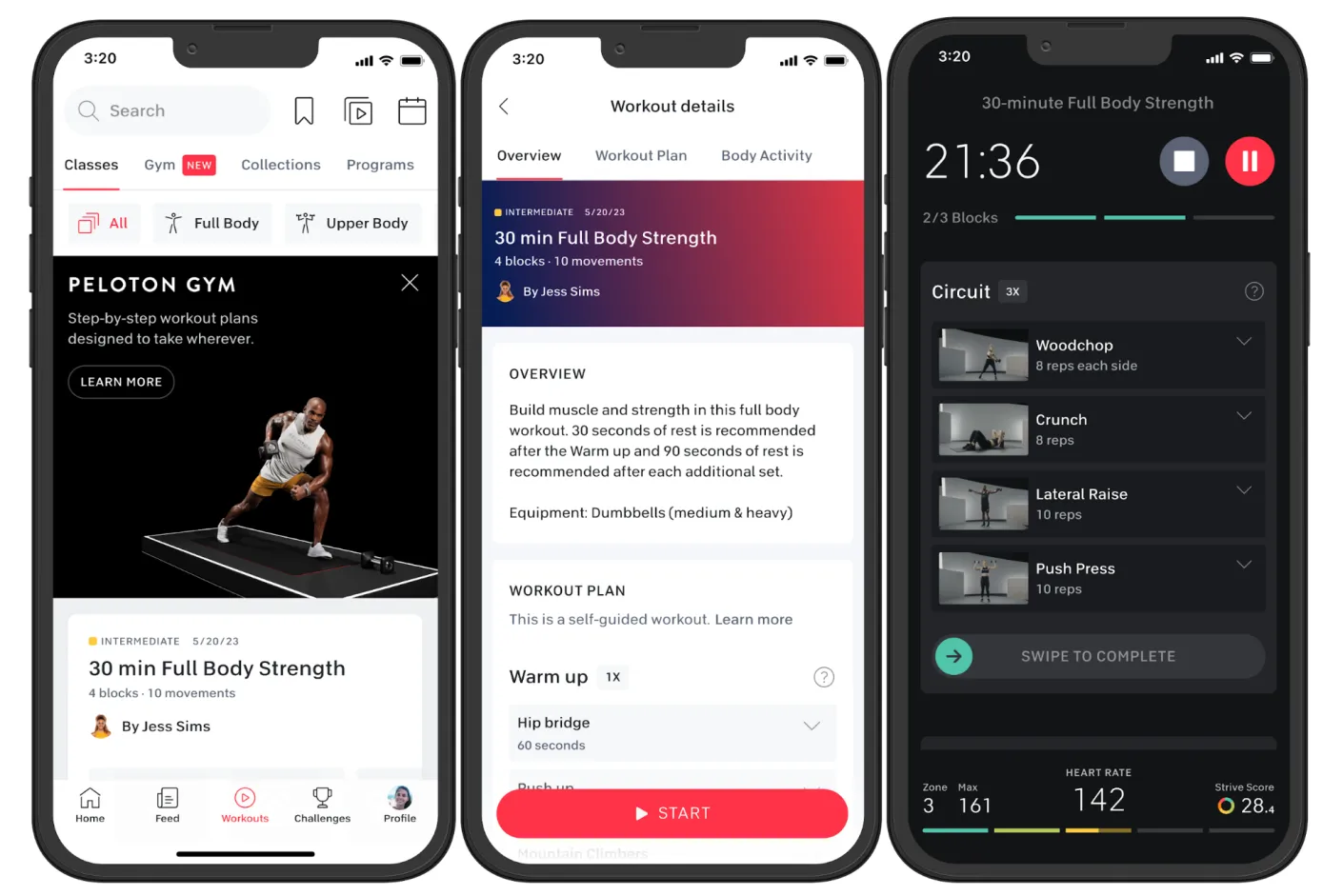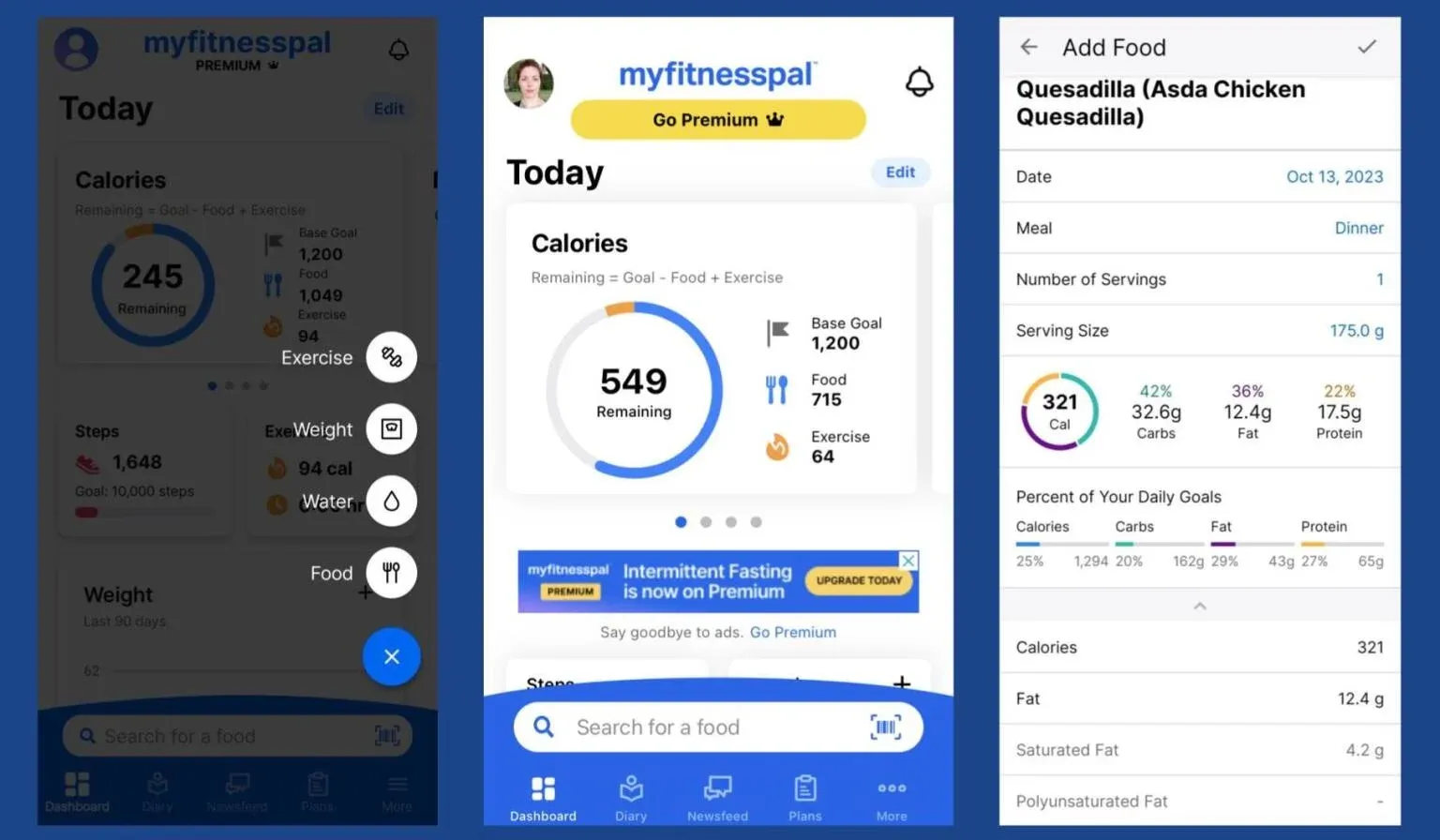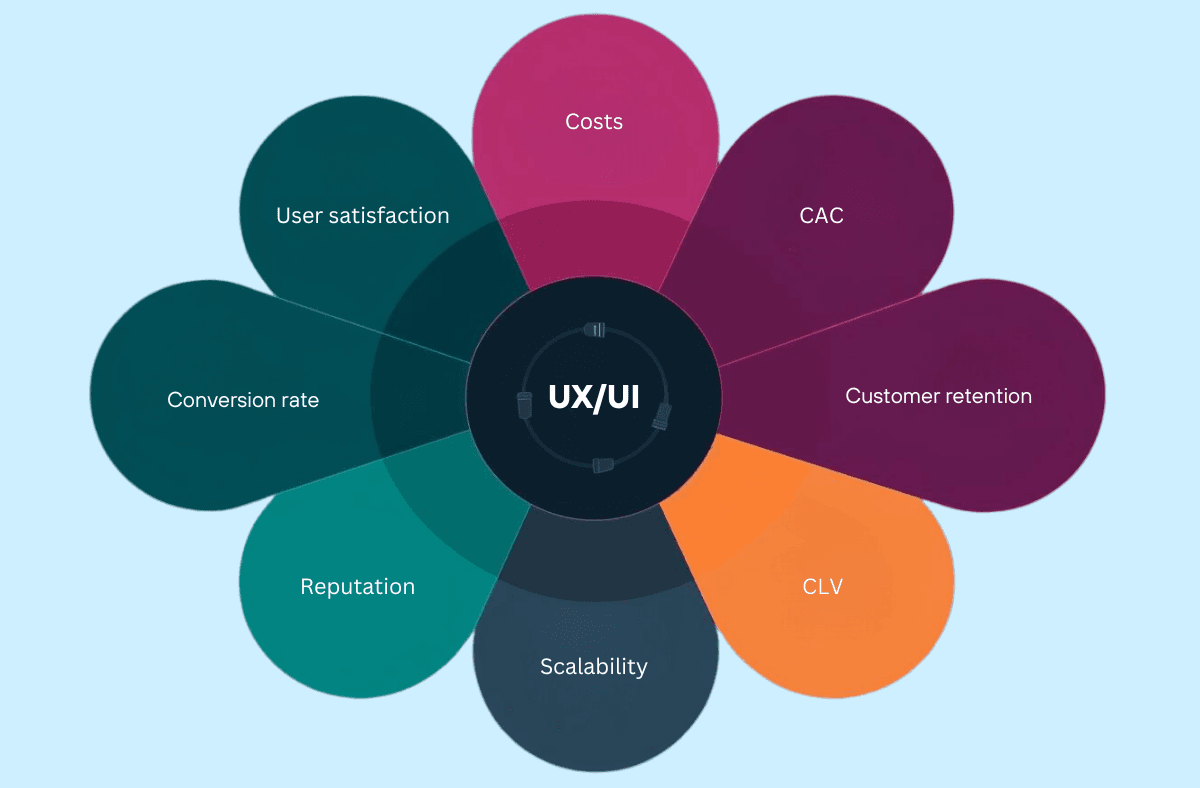AI in fitness apps: what comes next?
18 Mar 2024
What are the latest developments in fitness and wellness apps, and what awaits us in the near future?
Virtual coaches, personalised workout programs, calorie counting, and performance improvement – AI has long supported the fitness software market. What are the latest developments in fitness and wellness apps, and what awaits us in the near future?
The fitness app market is one of the fastest-growing in the world. As of 2022, it was worth $7.8 billion and growing at a 14.3% rate. The value is forecasted to jump to $35.6 billion by 2030. In 2024, almost 1 in 10 people (9.76%) will use a fitness app, and this is expected to reach 12.2% by 2027.
What gave the market an extra surge was the development of AI and machine learning, which offers more personalised and effective workout plans than ever before. In many apps, AI acts as a budget-friendly personal trainer, transforming the way we exercise, and advanced algorithms allow for a better response to individual user needs. Let’s look at the latest developments in AI features in fitness apps – and how users feel about them.
Personalised training plans
More and more online training platforms such as Aaptiv, Freeletics, FitAI, Fitbit, Nike Training Club, and Apple Fitness+ offer personalised training plans tailored to the user’s needs and preferences. The recommendations are provided by machine learning mechanisms that analyse the user’s input from questionnaires and onboarding forms. Apps also analyse user’s previous activities and adapt future training sessions accordingly, taking into account users feedback on how they felt and what results they observed.
Intelligent systems can now also provide a development plan and predict user’s fitness level in the future. Many apps also integrate data from wearable devices such as smartwatches, bands, or rings – in this case, considering health parameters such as heart rate, endurance, or sleep pattern.
Other apps – such as Strava or Nike Run Club – promote competition, gamification, and online communities. The algorithms validate the activity parameters of the participants taking part in a given challenge, and suggest they join a group or a challenge with participants with a similar level of fitness. This way, users can turn exercise into a group practice, get community support, and even rewards to gamify exercise and keep themselves motivated.
Read also: Why business app design stands apart in UX/UI? My top conclusions

Aaptiv fitness app
Coaching bots
Some apps go one step further and support athletes not just in following the training plan but also in perfecting their exercise technique and posture. The Peloton app, for example, creates training plans based on data from motion sensors. The app uses body trackers and computer vision-based technology to recognise and support the user's movements during training.
Some platforms combine personal training plans with dietary recommendations. MyFitnessPal app recognizes ingredients users put on their plates (through image analysis) and assigns nutrients and calorie counts, helping users track their eating habits. Melany AI bot prepares a detailed workout plan and menu based on our food preferences and diet. The process occurs as an online chat, where the user describes his or her needs, preferences, and restrictions.

The Peloton app creates training plans based on data from motion sensors.
Freeletics also has a coaching bot feature that communicates with the user, while Magic AI offers a touch-screen mirror that plays a video of an AI-powered trainer in human form. The user logs in and puts all of their biometric information in. Then, the AI generates a personalised program, just like a human personal trainer who talks to the trainee via loudspeakers and tracks the workout movements, providing instant feedback.
Coaching bots are even present… in physical locations. Some time ago, a gym opened in Texas where trainers don’t exist – they are all virtual AI coaches designed to guide gym-goers through workouts on LED screens. The idea is to offer a more personalised approach to fitness that cuts out interactions with expert human trainers who could leave users feeling intimidated or unmotivated.

MyFitnessPal app recognizes ingredients users put on their plates and assigns nutrients and calorie counts.
Risks of AI-powered fitness apps
Obviously, fitness-enabled AI apps face challenges, the biggest of which is trust. An average user still doesn’t know enough about AI to understand its decisions fully, and medical experts warn that AI chatbots shouldn’t replace consulting with real-life health professionals. This is particularly important if users have never exercised before and might need some human guidance.
“Online personal training never clicked”, says Małgorzata Klimkiewicz, a personal trainer with over 20 years of experience. “ Those who opted for virtual trainers or apps often give up within weeks because fitness is as much about connection as it is about activity. While AI or machines can provide precise exercise instructions, they can't replace a trainer who understands our body's biomechanics and movements”.
As she points out, this is especially important for people new in fitness because they need extra guidance. “We may practice with AI, but the exercises won't be done optimally. AI will never replace an experienced trainer who can observe and correct the trainee”.
Moreover, people sometimes feel more confident speaking to someone they know and trust – especially regarding health and fitness. Many athletes agree that the toughest battles in fitness are psychological, not physical and that their coach becomes a little bit of a therapist. For now, existing AI apps cannot provide such comfort – but with further development of LLMs, it can soon become a reality.
There are also technical limitations associated with AI-powered app usage. Motion analytics, crucial for accurate results, require users to follow strict rules during filming, leading to potential difficulties like poor lighting or inappropriate angles. Another hurdle is the vast amount of data needed for recognising various fitness aspects, such as body dimensions and sleep patterns, poses a hurdle.

Lumin Gym with virtual AI coaches
The future trends
What’s next in the AI development of fitness apps? First of all, we can expect an even higher level of personalisation based on more user data. Personalised training plans will include adjusting training goals in real-time that acknowledge changes in hormone and energy levels, mood, body composition, and progress. Apps will probably also develop personalised communication towards users based on their feelings.
There is also high potential for virtual coaches and AI to create fitness and nutrition plans based on unique medical conditions and medical data or even on genetic conditions (obtained through third-party apps). This way, users will get hyper-personalised plans tailored to their unique needs. Not all users, however, are ready for such levels of personalisation, though – the data shows that only 41% of consumers are comfortable with AI being used to personalise their experiences.
Moreover, we’ll see further integration of fitness apps with wearables. Training plans will be based on real-time physical and mental state and body metrics. At the same time, tracking these metrics will also become more popular and more advanced – we will be able to monitor hydration levels, muscle fatigue, stress level, eye dilation, or oxygenation and integrate it with what we know about exercise science to give users more personalised feedback.
Sounds exciting? Sure it does, especially for app providers. So, where’s the hook? Well, according to a survey by RunRepeat, 71% of users quit their apps by the third month. The study finds that engagement and retention rates decline significantly after the initial download and setup of the apps. Why does it happen? We explain it in this article , so take a look.



